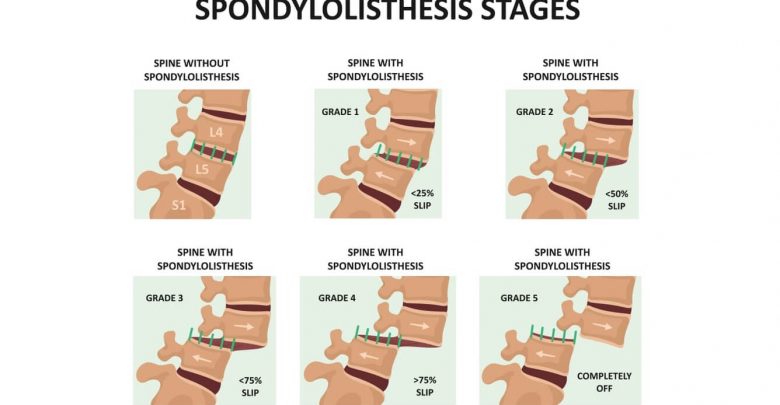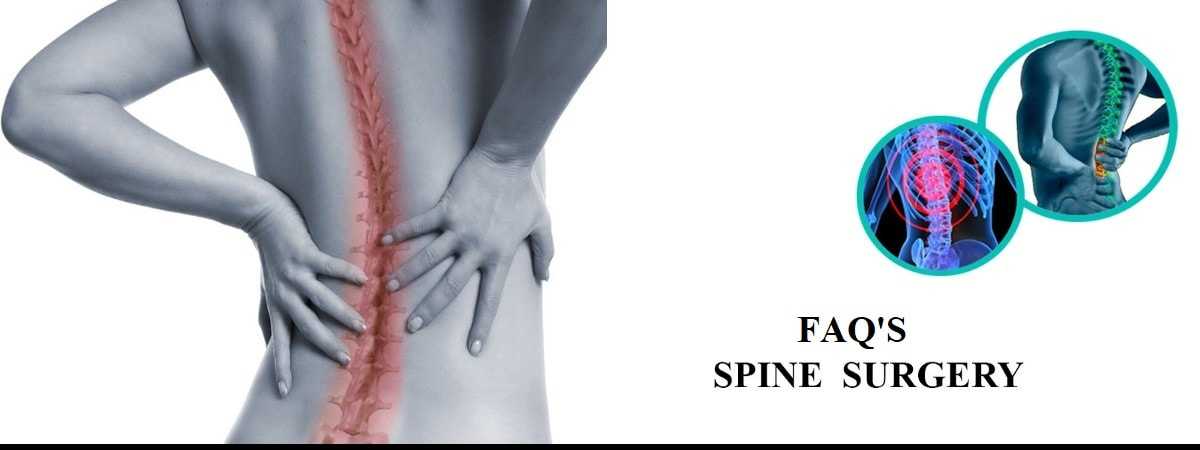Spondylolisthesis Grade and Symptoms

Spondylolisthesis is most often described in terms of the severity of the condition, with grades used to classify the degree of slippage having occurred in the spine. Grade 1 is the least advanced, with 25% of the vertebral body having slipped forward of the vertebrae beneath it. Grade 2 is a 50% slippage, Grade 3 75%, and Grade 4 100%. Grade 5 is rare, but is the complete movement of the vertebrae forward of the one below to the point where it actually falls off the vertebral column; this is known as spondyloptosis.
The symptoms of spondylolisthesis depend largely on the grade of slippage and the longevity of the condition. In a chronic degenerative condition the symptoms may appear more slowly and gradually worsen over time until they reach an unmanageable level. For patients with acute trauma to the spine that causes the vertebrae to move out of alignment and slip forward of each other, symptoms are usually more acute but often able to be addressed by appropriate early intervention. Some patients may remain asymptomatic and only discover the spondylolisthesis when having a diagnostic scan for some other purpose. A slight increase in lordosis (swayback) may be observed as the spinal curvature becomes more pronounced.
More commonly, patients will experience pain in the lower back, particularly post-exercise, and radiculopathy from spinal nerve compression. This may take the form of sciatica in some cases, with pain and/or weakness down the thighs and legs, tight hamstring muscles and alterations in walking ability. A waddling gait may develop and, combined with the lower back curving more, the abdomen may protrude causing a shortened stature and possibility of muscular spasms in the back. In some cases a patient may develop bowel or bladder incontinence indicating severe nerve compression from spinal stenosis. Symptoms of cauda equina syndrome require urgent attention and usually necessitate immediate back surgery to relieve nerve compression and prevent permanent damage which could cause paralysis.
If you have further questions or comments, please leave it below.
Wishing you healing and joy.





